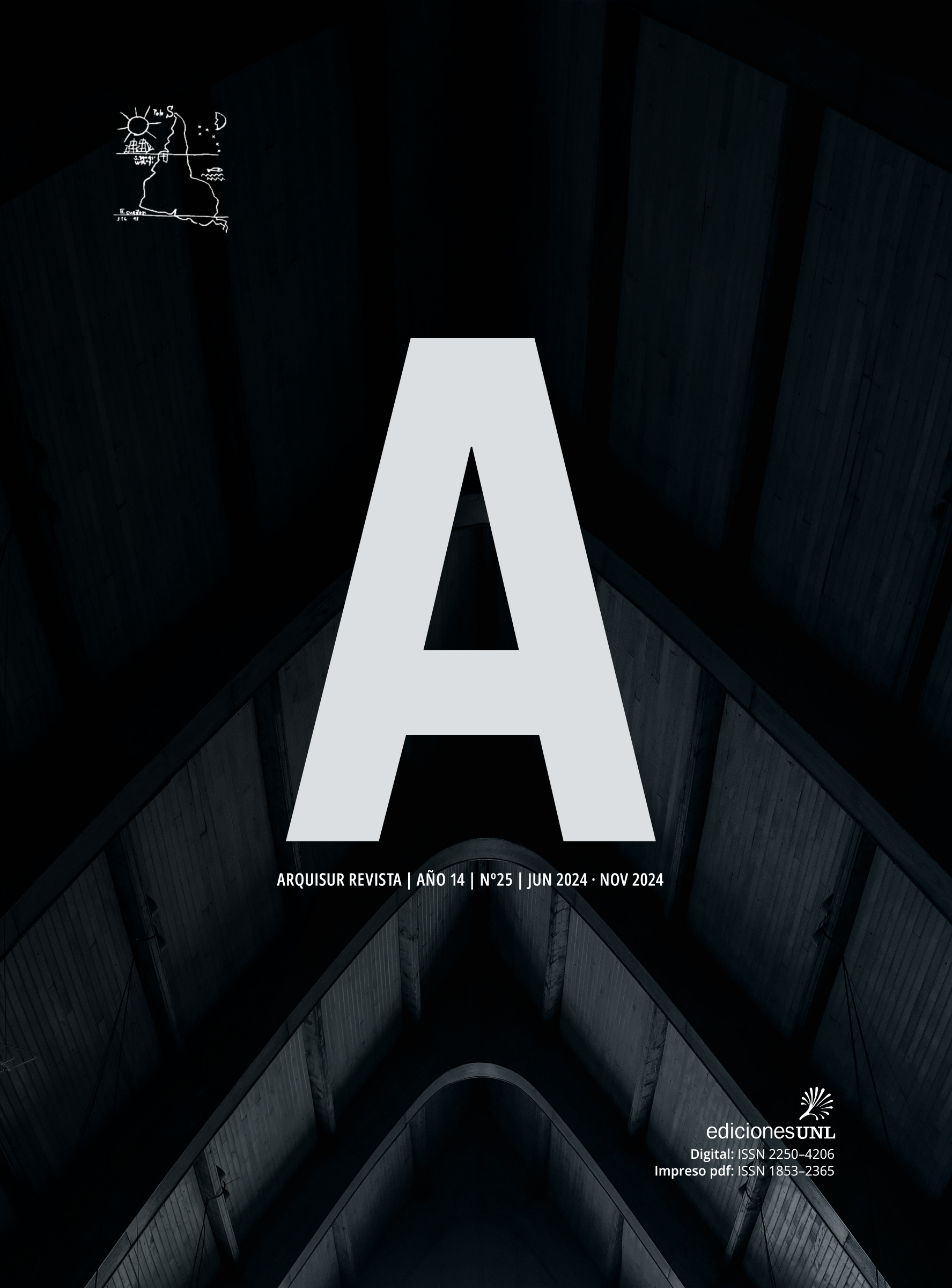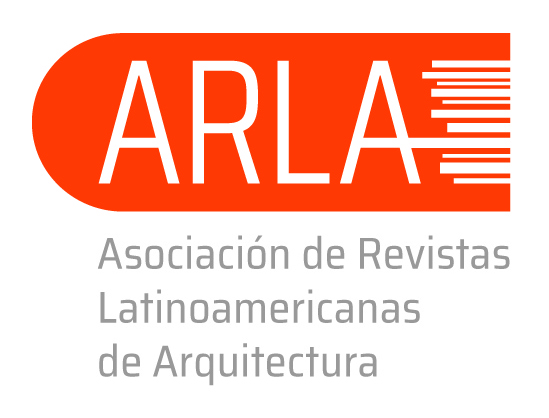Analysis of urban solutions to flood risk in Santa Ana, Asunción, Paraguay
DOI:
https://doi.org/10.14409/ar.v14i25.13066Keywords:
South waterland, urban flooding, polder, hydraulic filling, urban risksAbstract
Informal urban settlements represent a structural problem in Paraguay. They house about 20% of Asuncion’s population and are constantly threatened by urban flooding caused by the river regime and precipitations. The following article is a summary of the authors’ thesis work on the case of Santa Ana, a neighborhood located on a flood area of Asuncion. Paraguay’s Public Works Department offered two possible solutions to tackle floods, namely polder and hydraulic filling), which resulted incomprehensible to the residents of the area. This research work is intended to provide an analysis of both proposed solutions to flood risks as a contribution to decision making for those who live in informal urban settlements, spreading the advantages and disadvantages of these proposals. Providing a design solution is beyond the scope of this work. At the time of this research (2023), the population was about 7,344 inhabitants. The overall situation of the neighborhood was analyzed to determine the possible impacts of both solutions. Pros and cons were systematized. An overview of the impact and risks involved in both techniques was obtained, highlighting the importance of disclosing that information to the population for allowing conscious decision making.
Published
How to Cite
Issue
Section
License
Copyright (c) 2024 ARQUISUR Revista

This work is licensed under a Creative Commons Attribution-NonCommercial-NoDerivatives 4.0 International License.
ACCESO ABIERTO
ARQUISUR Revista es una publicación de acceso abierto y sin ánimo de lucro. No se imputan cargos por la recepción, revisión, evaluación, publicación ni acceso a sus contenidos. Se distribuye bajo una Licencia Creative Commons CC Atribución-NoComercial-SinDerivadas 4.0 Internacional (CC BY-NC-ND 4.0): No se permite un uso comercial de la obra original ni la generación de obras derivadas. Esta licencia no es una licencia libre, y es la más cercana al derecho de autor tradicional.
DESCARGO
Los criterios expuestos en los artículos son de exclusiva responsabilidad de sus autores y no reflejan necesariamente la opinión del Comité Editorial ni de la Dirección Editorial Técnica. Los derechos de los artículos publicados pertenecen a sus autores o editoriales. Los autores ceden sus derechos de publicación al Centro de Ediciones de la Universidad Nacional del Litoral de Santa Fe, Argentina.














